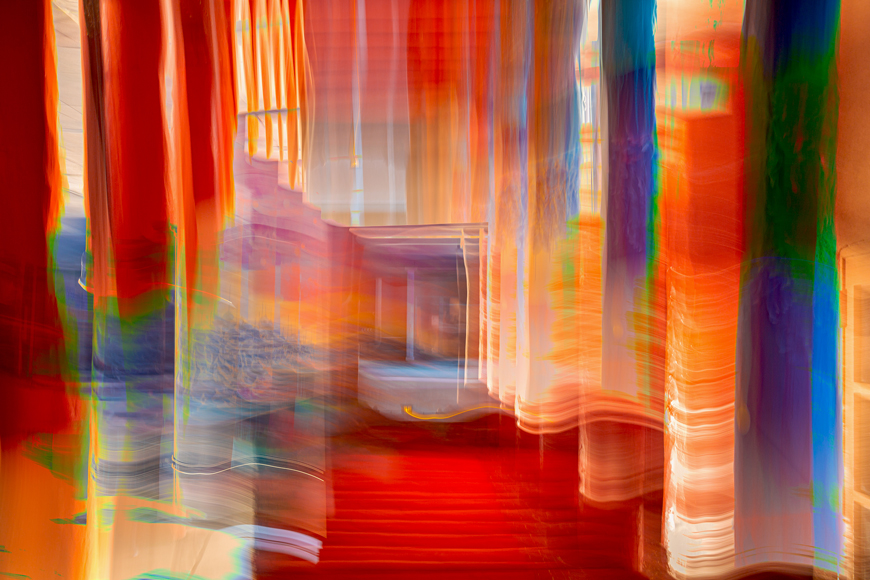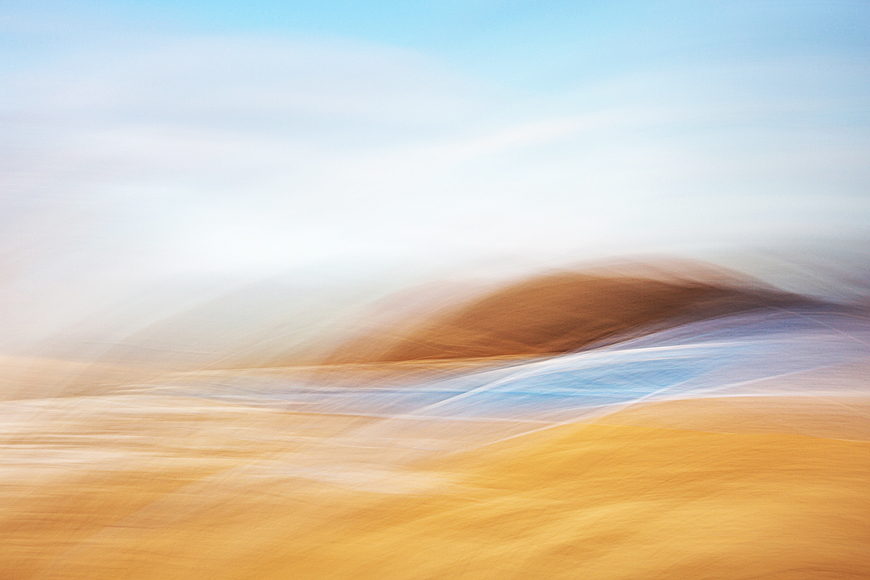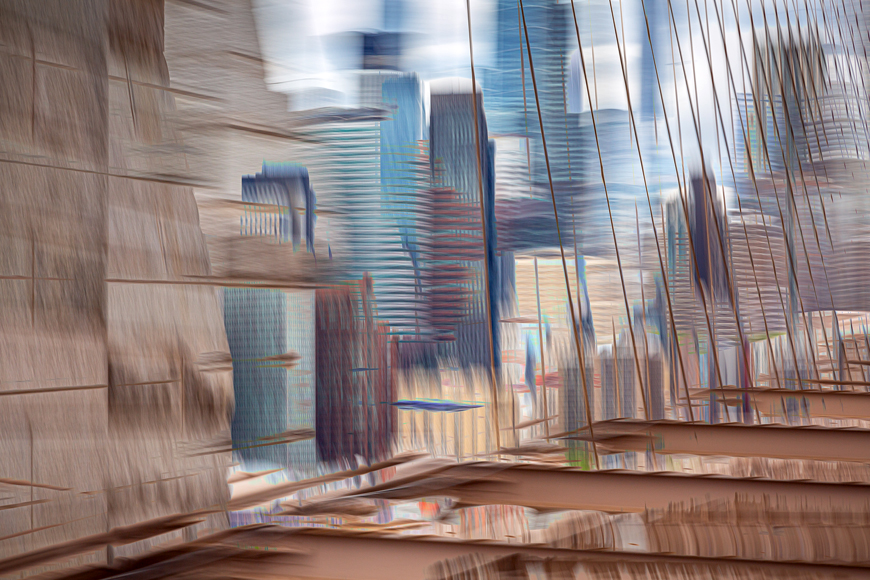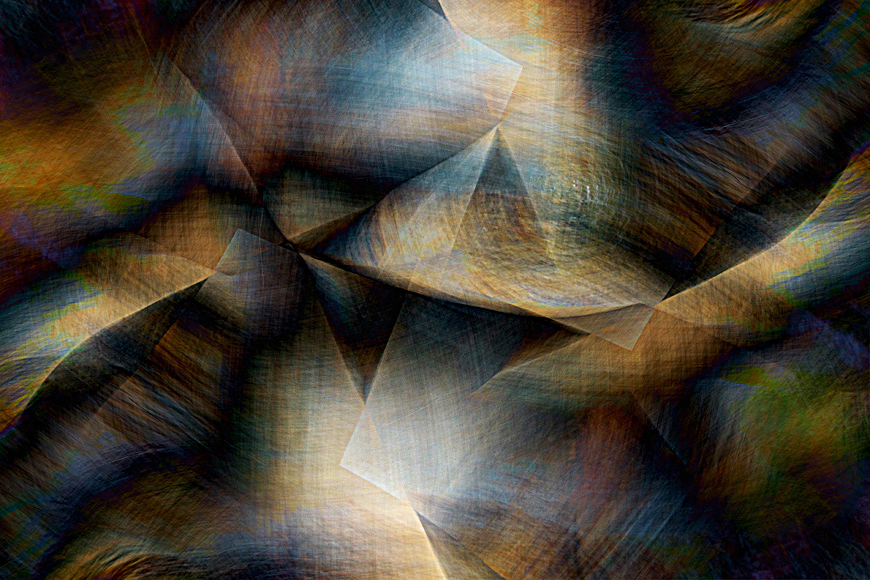Move Your Camera to Create Beautiful Artwork Part 1 of 2.
Camera movement during exposures used to be a no-no. But used creatively, it can produce artistic images of great beauty. This two-part series will get you started on a whole new path in photography.

By STEPHANIE JOHNSON
All Images © Stephanie Johnson
My first tastes of photography began with an SLR camera in the mid-to-late 1990s and I fell in love with shooting landscapes. At that time, I was pursuing my career in the Marines and working toward a degree in English Literature. I had a deep passion for the written word and the art of photography, but circumstances over the years had prevented me from being able to fully immerse myself in either of these creative endeavors.
In 2015, my life began to move in a completely new direction. Over the years up to that point, I had looked for ways to express myself creatively, but for various reasons, I was only able to go about it sporadically. But when I turned 50, the long-held creative desires that had been buried within me were resurrected, and I picked up the camera again and began making connections between the inner landscape of my soul and the outer landscape of the physical world.
I traveled to Ireland about eight times during the next three years and fell in love with that country on many levels, but I was especially moved by Irish landscapes and photographed those majestic scenes in traditional ways. Because I became so connected to them, it was difficult for me to find a reason to get out with a camera to shoot my own local landscapes; I hadn’t learned to connect with them in the same meaningful way.

A slow shift began for me in 2017 when I started to see Intentional Camera Movement (ICM) images for the first time on social media. That’s not to say ICM was a new thing then, because it certainly was not. Photographers such as Ernst Haas, Freeman Patterson, Michael Orton, William Neill, and others had used the camera to emphasize movement or motion to create abstract effects for more than 40 years. It was just that when I saw ICM images for the first time, a lightbulb went on for me.
At that time, there weren’t a load of tutorials, YouTube videos, workshops, or resource materials on ICM, so I essentially set out to teach myself by getting out to photograph as often as I could. It required giving myself permission to let go and be free to play, experiment, and explore without being technically driven or obsessive about technical details.
By 2018, I was fully dedicated to creating a new vision of the world with my camera – a vision that expressed a different kind of essence, feeling, emotion, and mood using the camera to paint elements of light, line, color, contrast, texture, and flow, and to create artistic images that were unique to me and my experience of the world around me.
During the first few years of using my camera this way, I created single exposure ICMs and worked extensively to hone my techniques and develop my own style. I went out with my camera nearly every day during 2018 and 2019, prolifically creating in this way. I found the best way to evolve with ICM was to just get out and allow myself to play, experiment, and explore freely.

I became so passionate about ICM as an artistic form for creative expression with the camera that, in 2020, I decided to launch an idea to build a global community around ICM. This resulted in publishing the ICM Photography Magazine (ICMPhotoMag) digital magazine, growing a Facebook community, and establishing a subscription-based membership community called ICMPhotoMag Network. (See Resources, below, for links.)
From the beginning of the ICMPhotoMag project, it has been extremely important to me to celebrate the creative work of ICM photographers around the world, and, although the magazine was initially dedicated solely to in-camera ICM techniques, I’ve also expanded the scope and vision of the magazine to allow for celebrating other forms of creative photography that might go beyond in-camera ICM.
I was inspired in 2022 by another ICM photographer, Christopher Weeks, to start combining in-camera Multiple Exposures with ICM techniques (ME ICM) and that opened a whole new world of possibilities for me.
Although, there were tutorials available on how to do conventional in-camera multiple exposures, I wanted to create images using ICM for each of the multiple exposures, and this required learning how to combine ICM with different camera options for blending multiple exposures. So once again, I simply embraced the new learning curve and taught myself.

As I evolved my ME ICM technique, I was able to push my artistry into a completely different realm and create even more abstract and painterly visions of the world around me, and it enabled me to create new and unique images such as I’d never seen before— and certainly unlike anything I myself had previously created. I enjoy pushing forward to learn new things, to expand, evolve, and grow in my own artistry.
My images represent more the essence of my experience than a literal interpretation. I see, and feel, and exist differently in the world, and my artistic vision is one that I hope encourages an active involvement of imagination in the viewer when they see my images, enabling them to see beneath the surface of things.
Working with my camera to create imagery that is about essence, mood, form, color, line, shape, and texture reminds me that profound meaning and truths live beneath the surface of the literal and transcend what I see through my physical eyes. Creating in this way reminds me that the literal interpretation of a subject is only one possibility out of an unlimited number of other possibilities—and all of this is at the heart of my ICM journey and why I paint with the camera to create abstract visions and reimagine the world around me.

During the past year, I found myself at a point again of feeling it’s time to explore new things. While all my work up to 2024 had been created solely using in-camera techniques, I’ve begun to tread a new path of exploration where I take ICM and ME ICM images into Photoshop to process them more creatively. I will absolutely continue to create abstract images in-camera, but taking those creations further in Photoshop as part of the creative process is showing me still new ways to express myself.
My hope is that my images speak for themselves; that they make the viewer feel something, that they spark the imagination. But perhaps more than anything, I hope the images represent freedom…creative freedom, expressive freedom, freedom from rigid concepts, freedom to play, freedom to experiment, freedom to be free. I owe a debt of gratitude to ICM for freeing me from the restrictions of conventional photography.
In Part 2, Stephanie kickstarts your ICM education by demonstrating different camera motions and the results obtained by using them. Stay Tuned!
ABOUT THE AUTHOR:
Stephanie Johnson is a photographer, educator and publisher specializing in Intentional Camera Movement (ICM) images. Her work has received worldwide acclaim and she has distinguished herself as a preeminent practitioner of the art. She lectures on ICM technique at a multitude of venues and is the publisher of ICM Photography Magazine.
RESOURCES:
Websites:
Social Media:
Original Publication Date: February 17, 2025
Article Last updated: February 18, 2025
Related Posts and Information
Categories
About Photographers
Announcements
Back to Basics
Books and Videos
Cards and Calendars
Commentary
Contests
Displaying Images
Editing for Print
Events
Favorite Photo Locations
Featured Software
Free Stuff
Handy Hardware
How-To-Do-It
Imaging
Inks and Papers
Marketing Images
Monitors
Odds and Ends
Photo Gear and Services
Photo History
Photography
Printer Reviews
Printing
Printing Project Ideas
Red River Paper
Red River Paper Pro
RRP Products
Scanners and Scanning
Success on Paper
Techniques
Techniques
Tips and Tricks
Webinars
Words from the Web
Workshops and Exhibits
all
Archives
January, 2025
December, 2024
November, 2024
October, 2024
September, 2024
August, 2024
July, 2024
June, 2024
May, 2024
more archive dates
archive article list




